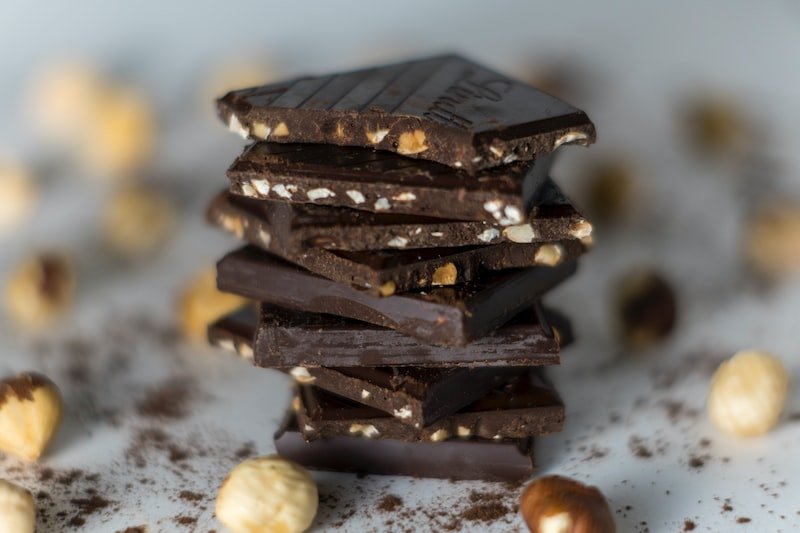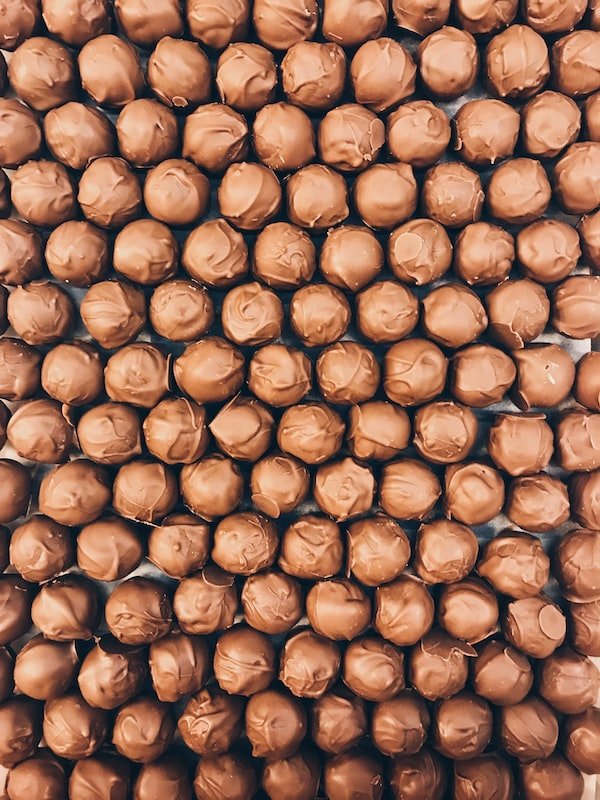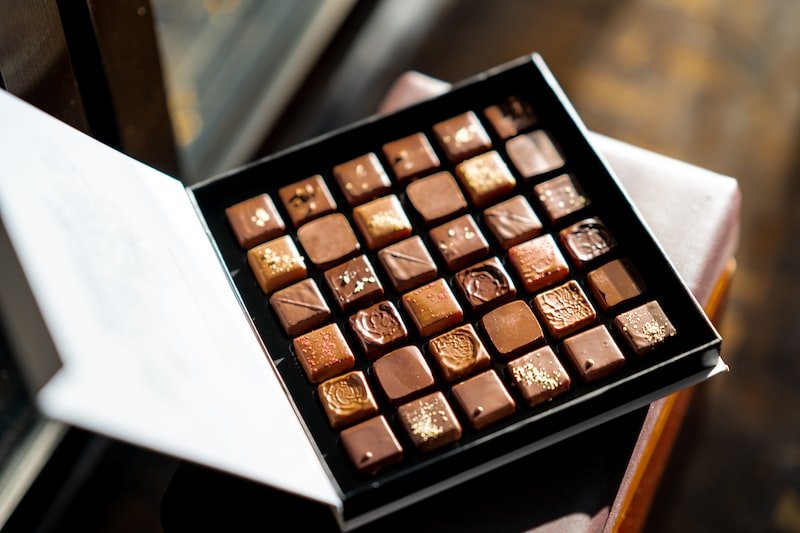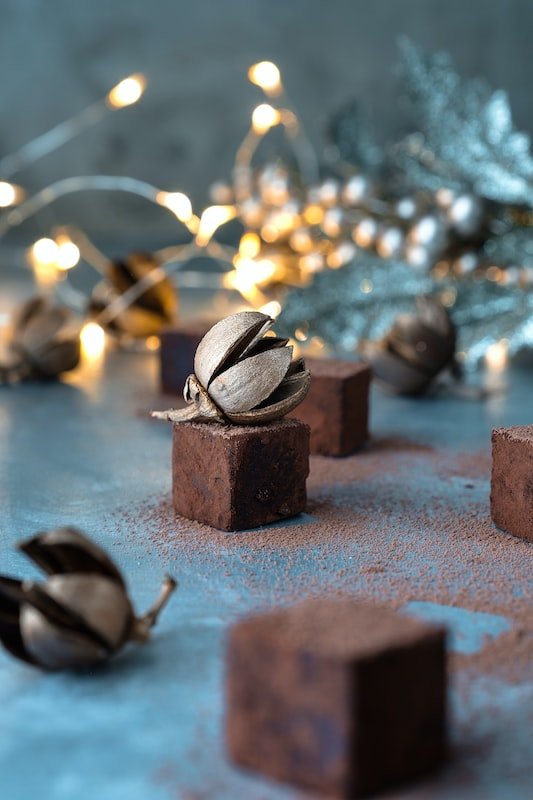Chocolate is a delicacy that is cherished by almost everyone.
If you happen to have exceptional self-control, shop in bulk, or keep chocolate on hand at all times, you’ll want to make sure your chocolate stash is safe from spoiling. For the majority of people, it doesn’t last long enough to ever cause cause for concern that it will go bad.
Is it possible for chocolate to go stale? Mold cannot grow on chocolate that has been dried out. On the other hand, it is possible for it to “bloom” or become stale if it is not stored correctly. Due to the higher moisture content, chocolate sauce or syrup does have the possibility of developing mold, despite the fact that this is highly unlikely.
In this piece, we will discuss in minute detail how to evaluate the freshness and quality of your chocolate, as well as how to keep it tasty and risk-free for the longest period of time possible.
Even if your chocolate has been damaged in some way, we will offer you advice on how to restore it to its original state.
Does Mold Develop on Chocolate?
Due to the low moisture content of chocolate, it is nearly impossible for any kind of mold to grow on the substance.
Water or some other form of moisture is absolutely necessary for the survival of bacteria. Mold cannot grow in the absence of it, so your chocolate will not be tainted by this particular type of contamination.
In spite of the fact that it does not develop mold, the quality of chocolate can deteriorate over time; therefore, let’s talk more about what can happen to your chocolate if it is not stored properly.
Does Chocolate Go Bad?
It is an extremely remote possibility that chocolate that has gone bad could ever make you sick.
Chocolate won’t go bad in a way that will make you ill, though it may acquire a stale flavor or you may become ill if you consume too much sugar at once or if you have a sensitivity to dairy, but it won’t spoil in a way that will make you physically ill.
The quality of chocolate can be altered over time, either for the better or for the worse, depending on the method by which it was produced and the wide range of additives and other components that were used in its production.
Some types of chocolate, when stored properly and with the addition of specific preservatives, have a shelf life of up to 2 years and keep every ounce of their decadent flavor.
Deterioration may occur much more rapidly in chocolate that is of lower quality or that has been fortified with fruits, nuts, nougat, wafers, or other textural components. This is yet another significant consideration to take into account.
It won’t be the chocolate itself that makes your stomach turn; rather, it will be the spoiled nuts or fruit that are contained within the chocolate. This will make the treat less appealing as a whole and could make it unsafe to consume.
Additionally, ingredients added for crunch and texture, such as pieces of wafer cookie or puffed rice, may lose their crunch over time or become stale more quickly than the chocolate itself. This is because wafer cookie pieces and puffed rice have a higher moisture content.
When chocolate has additional components, estimating how long it will stay edible is a much more challenging task.
Is There a Shelf Life for Chocolate Syrup?
Any kind of chocolate that has moisture added to it, like sauces or syrups, is an exception to the rule that anti-mold protection should be applied to.
Once a bottle of chocolate syrup has been opened, there is sufficient moisture present in the syrup to support the growth of mold. However, an unopened bottle of chocolate syrup will remain shelf-stable and will not go bad.
However, considering how high the sugar content is, it is still an extremely remote possibility. Sugar and cocoa are two ingredients that can be stored for a very long time without losing their quality. If, on the other hand, you are using sugar-free chocolate syrup, you will need to exercise greater caution.
It is still necessary for you to ensure that the quality of your chocolate sauce or syrup is preserved by storing it in the refrigerator in a container that is airtight. This is especially true for chocolate-based goods that were made at home.
Is there a shelf life for dark chocolate?
When it comes to chocolate, the longer you can store it without having to worry about its quality deteriorating, the higher the cocoa percentage in the chocolate, the higher it will be.
Even if they don’t make it into your kitchen cabinets, milk chocolates of a lower quality can go stale and lose their fresh flavor within six to eight months of being placed on the shelves of your local supermarket.
On the other hand, high-quality dark chocolate with a cocoa content of 80% or higher can easily keep its flavor and texture for two years without showing any signs of deterioration.
Because the manufacturing process for chocolate chips is slightly different from that of chocolate bars or chunks, we have devoted an entire article to answering the question of whether or not chocolate chips become stale over time.
How to Determine Whether or Not Chocolate Has Gone Rancid
As was just mentioned, it is perfectly fine to consume chocolate in and of itself, even if it has gone rancid or is in some other way not at its peak quality.
On the other hand, the greater the quantity of non-chocolate components that are mixed into your chocolate, the greater the degree of caution that must be exercised when storing it for an extended period of time.
If you’ve purchased chocolate that contains fruit or nuts, in particular, make sure to check the packaging for an expiration date and consume the chocolate before that date. That is the most effective way to protect yourself from eating chocolate treats that have gone bad.
If you have made your own fruit or nut-fortified chocolate, you might not be able to tell if the ingredients have gone bad until you taste it. This is especially true if you made the chocolate yourself.
Because the fruit and nuts contained within chocolate are not likely to emit an unpleasant odor or display any visual signs of deterioration, you will need to put the chocolate’s freshness to the test using your taste buds.
Fruit that has gone bad will most likely be very tough and unpleasant to chew, or it will have a flavor that is faintly reminiscent of fermentation.
On the other hand, nuts can go rancid, which results in a bite that is astringent and almost metallic in flavor. In either of these scenarios, the fruit or nuts that have gone bad inside the chocolate are unlikely to make you sick, but the chocolate will not have a particularly pleasant flavor.
Additionally, chocolate can become rancid or lose its signature velvety and luscious sweetness over time. It’s possible that the chocolate you bought has developed cracks as it ages and dries out, but cracks alone are not a reliable indicator of freshness.
If your chocolate has a musty odor, this is an even better indication that the quality is deteriorating.
Don’t toss out that old chocolate just yet; although it won’t have the same allure when eaten straight from the bar, it can still be used in cooking without risk, and the off flavor won’t be as noticeable there.
Chocolate Mold vs. Chocolate Bloom
The development of white or gray streaks or spots on chocolate is the factor that leads people to believe their chocolate has become contaminated with mold the most frequently.
This is referred to as “bloom,” not mold. It is a sign that the chocolate wasn’t stored properly and that it was either subjected to significant temperature fluctuations or moisture. Either of these two factors could have caused it.
What exactly is this Chocolate Bloom thing?
Chocolate can develop a bloom of two different kinds: a fat bloom and a sugar bloom.
Sugar bloom is the more common of the two phenomena, and it takes place when your chocolate is exposed to moisture, which dissolves the sugar crystals that are present on the surface of the chocolate.
After the moisture has been removed and the sugar has resumed its solid state, it will leave behind a powdery, white residue on the chocolate.
On the other hand, fat bloom takes place whenever there is a significant variation in temperature in the area where the chocolate is being stored.
When there is a significant drop in temperature, the chocolate’s fat will begin to break away from the rest of the substance. When it reaches its steady state, it may leave your chocolate with streaks of gray or white.
It’s possible that your chocolate will end up with a powdery, soft texture as well, depending on how severe the bloom is.
It is possible for fat blooms to form during the tempering process; therefore, if you are making your own chocolate at home, this could be the reason why your chocolate turned out less-than-perfect.
The vast majority of chocolate manufacturers adhere to stringent quality control standards, which prevent bloomed chocolate from being packaged and sold. However, these manufacturers are unable to monitor every stage of the transportation and storage process.
It is highly likely that chocolate will be subjected to significant shifts in temperature at any point along the way between the factory where it is made and your home.
Can You Safely Consume Chocolate Bloom?
Bloomed chocolate may have texture or flavor inconsistencies, but it is still safe to consume even if these issues are present.
You can try to retemper the chocolate or bake with it if you’re interested in making candies, but you can also consume it in its natural state if the lack of visual appeal bothers you too much.
If you temper chocolate that has already bloomed, you won’t be able to recreate the flawless glossy quality of expertly crafted chocolates. However, you will be able to easily disguise any white spots or streaks, and the consistency and flavor will be revitalized.
How to Prevent the Chocolate from Growing Flowers
Keeping your chocolate in an airtight container at the appropriate temperature is the single most important step you can take to prevent bloom. In the first place, you should make sure that it is well-sealed at all times and that it is shielded from any kind of contact with moisture.
Additionally, chocolate needs to be kept in a cool place that does not experience temperature fluctuations, sudden bursts of heat, or direct sunlight in order to maintain its quality.
Can Chocolate Be Put in the Freezer?
You can freeze chocolate, but there is a greater than average chance that when it comes out of your freezer, it will be of a lower quality than when it went in, and it will probably have white streaks and a powdery white surface.
Putting your chocolate in the freezer will unquestionably cause a significant temperature shift, and the subsequent thawing process will almost certainly result in fat bloom to some degree.
Additionally, even the most meticulous wrapping and sealing will probably allow some moisture to form on the surface of your chocolate, which will likely increase the likelihood that your chocolate will also develop sugar bloom.
However, freezing chocolate before using it in a dish that will be cooked or baked with it is an excellent way to make the flavor last longer.
If you want to be able to eat your chocolate at a later time, you should either be prepared for some visual changes to occur or try vacuum-sealing your chocolate and letting it cool down in your refrigerator before transferring it to the freezer. If you choose the latter option, you should be prepared for some visual changes to occur.






